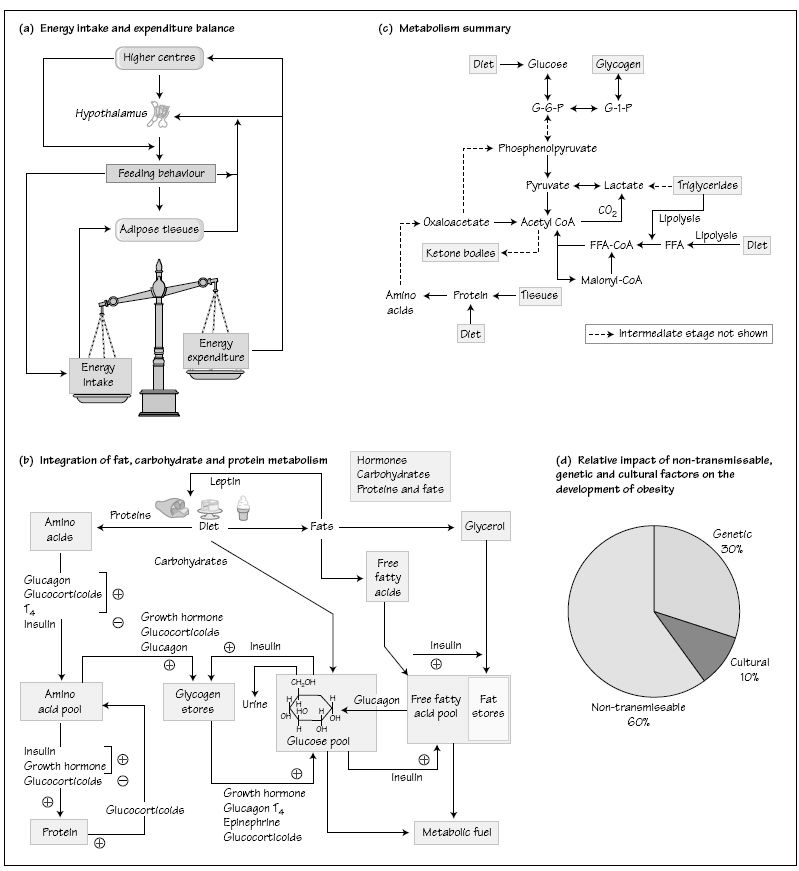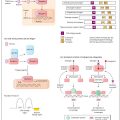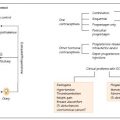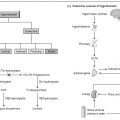
In recent years, adipose tissue has become recognized as a highly metabolically active organ. In 1994, the hormone leptin was identified, a peptide almost exclusively secreted by adipose cells and with receptors both in the hypothalamus and peripheral tissues. Leptin has a number of actions both in relation to signalling satiety and altering energy metabolism. The identification of a rare family with leptin deficiency, extreme obesity and insulin resistance was followed by treatment of two children with recombinant leptin and successful loss of weight. However, in the majority of non-leptin-deficient obese individuals, circulating leptin levels are high and correlated with body fat mass, suggesting that leptin resistance may play a role in human obesity. Further work is needed to establish the exact role of this hormone in energy homeostasis.
Endocrine hormones and energy metabolism
The neuroendocrine system plays a critical role in energy metabolism and homeostasis and is implicated in the control of feeding behaviour. Energy metabolism centres on the maintenance of an adequate supply of glucose for metabolism and on the balance between energy storage and utilization (Fig. 44a). The rapid spread of obesity, with attendant diabetes and heart disease, in western affluent societies has promoted research that has identified previously unknown endocrine hormones that regulate, and indeed dictate, feeding behaviour in other species (see below and Chapter 45).
Stay updated, free articles. Join our Telegram channel

Full access? Get Clinical Tree








